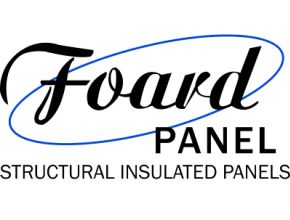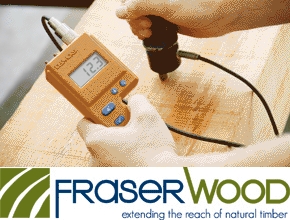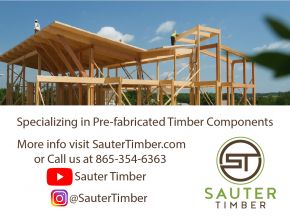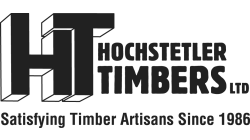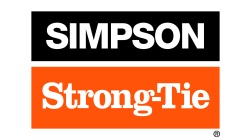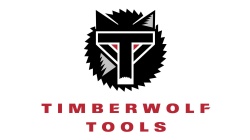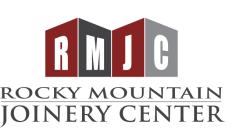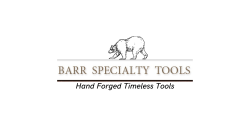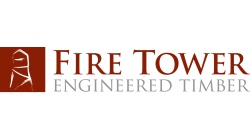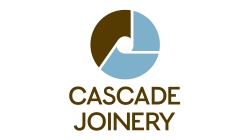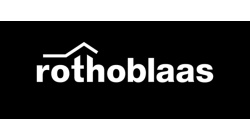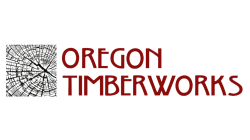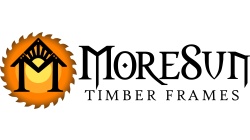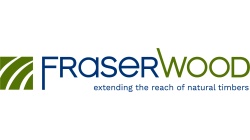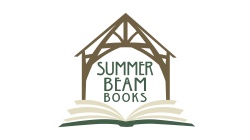2023 Annual Conference
Joe Miller
Fire Tower Engineered Timber, Partner
Joe Miller, PhD, PE, PEng, is a structural engineer specializing in the design and engineering of timber framer structures. As partner with Fire Tower Engineered Timber, he heads up the Michigan office located near the shore of Lake Superior. Catching the timber framing bug early in life when helping restore the familial homestead, Joe gained academic experience through graduate engineering degrees in mortise and tenon joinery as well as key-laminated timber beams. He had hands-on experience working with several timber frame companies, both in the office and in the shop, before working as a consulting engineer, licensed throughout the United States and Canada.
Presentation
TFEC Symposium: Angle-to-Grain Withdrawal Capacity of Screws
A review of the various equations and adjustment factors that can be used to determine withdrawal capacity of screws when installed at an angle to grain other than 90-degrees. The presentation will include a small selection of test data from screw distributors as well as live testing of self-tapping screws.
Mass Timber: Problem or Solution?
This panel session is not meant to be for or against "Mass Timber", but more about public awareness of the difference between natural timber and manufactured timber framing, impact on natural resources, traditional timber framers, and the Timber Framers Guild. Attendees will learn more about the meaning of mass timber, its history, the difference between "natural" timber and mass timber, and the difference between shop cut and manufactured timber buildings.
Joint Busting
The very essence of timber framing requires taking timbers and cutting away wood in order to form joinery. These reductions in the timber’s cross-section forces any stress in the timbers to be necked down and concentrated in the smaller areas. Depending on how abrupt the changes in cross-section are, the localized stress at these points can be rise dramatically – sometimes well beyond the allowable capacity of the timber. These stresses can either be from applied loads (weight in the structure) or from internal causes (shrinkage). Wood’s mechanical properties also play a large role – as wood is stronger (or weaker) in various directions.
In this presentation, we will look at the basic mechanics of stress concentrations, primarily as it relates to beams and their associated joinery. Our first line of defense against these stress concentrations is mitigating them with better detailing (scooped vs square reductions on joists for example). However, that isn’t always feasible, so we will also spend some time investigating how to calculate and quantify the nature of the stress concentration on the overall effect of the beam’s capacity. Some time will be spent on how to properly reinforce beams near stress concentrations as well (for both new construction as well as on-site repairs). We will wrap up with a few case studies of what to do, and equally important, what not to do.
The Forces at Work in a Truss
Join us for a panel discussion and Q&A centered on a working understanding of trusses, why it is important for a timber framer to have that understanding, and how these lessons can be applied to understanding other structural components. The panel will be made up of working timber framers and timber frame engineers.
Event Details
-
Dates
Nov 10, 2023 - Nov 12, 2023 -
Keystone Resort
Keystone, CO 80435
United States -
Participate in the Design Competition
Pre-Conference: TFEC Symposium
